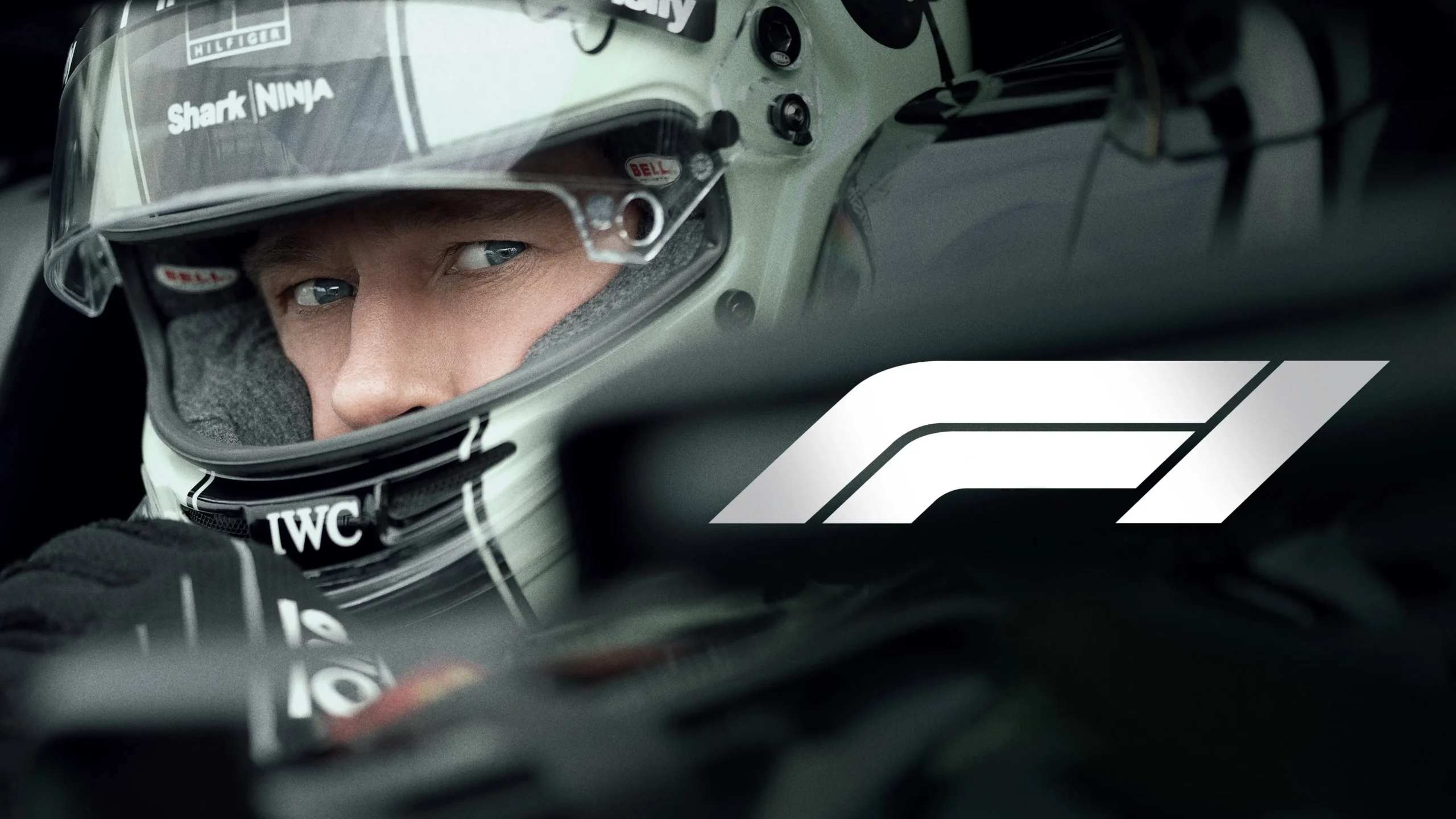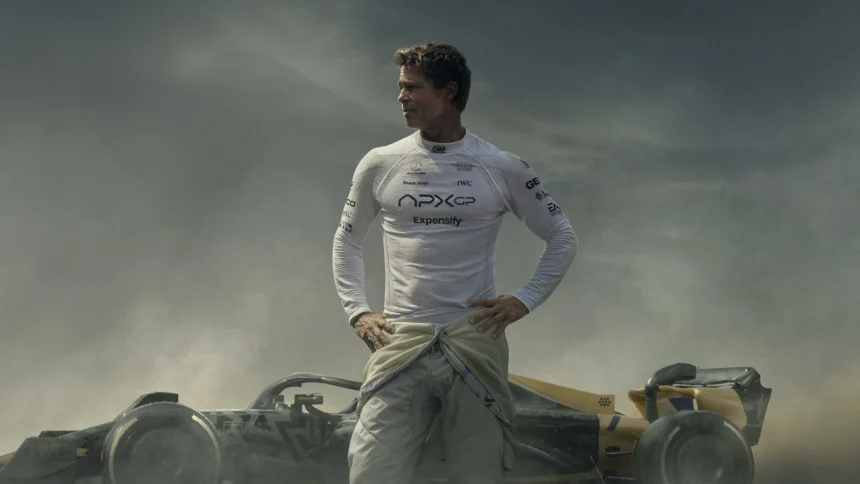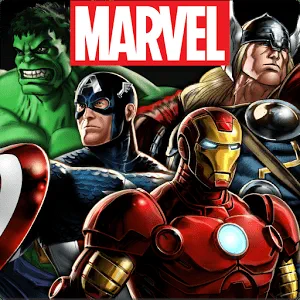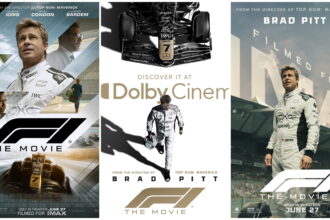Two and a half hours. $300 million. Brad Pitt in a race car.
That’s not the pitch for a prestige miniseries. It’s a real-deal summer blockbuster—F1, directed by Top Gun: Maverick’s Joseph Kosinski, and it just might be Hollywood’s most audacious swing of 2025.
With a 150-minute runtime and a production budget reportedly north of $300 million, F1 isn’t just one of the longest films of the season—it’s one of the priciest. The trailer, all sleek machines and sun-drenched glory shots, practically screams “Oscar for Best Cinematography,” courtesy of Claudio Miranda (yes, the same wizard behind Life of Pi and Oblivion). But here’s the twist: This thing isn’t aimed at your average Marvel-fatigued American. Apple Studios and Warner Bros. are targeting the European market—where Formula One isn’t just a sport. It’s religion.
So, why go full throttle on a niche story with niche appeal?
Let’s break it down.
Kosinski’s Formula: Legacy Meets Velocity
This isn’t Kosinski’s first rodeo with reviving testosterone-fueled cinema. After all, Top Gun: Maverick didn’t just bring back Tom Cruise—it revived the entire concept of grown-up blockbusters. With F1, he’s pulling the same levers: aging icon (Brad Pitt), cutting-edge cinematography, and real-world stuntwork shot during actual F1 races, thanks to a special SAG-AFTRA exemption during the 2023 strike.
It worked once. Can lightning strike twice?
Here’s the uncomfortable truth: F1 fandom isn’t global—it’s regional.
Unlike football or the MCU, Formula One doesn’t translate universally. In the U.S., it’s still a boutique sport, despite Netflix’s Drive to Survive turbo-charging interest. Europe, though? Monaco’s premiere says it all—that’s the Super Bowl of F1. And with Apple leaning hard into prestige over populism, they’re clearly betting that foreign box office and IMAX spectacle will justify the price tag.
Still, $300M is rarefied air. Even Christopher Nolan’s Oppenheimer cost $100M less.
Historical Pit Stop: Hollywood’s Costliest Cars
Let’s flash back to past speed flicks:
- Ron Howard’s Rush (2013): Critically loved, modest box office ($98M worldwide).
- Ford v Ferrari (2019): $225M haul, 4 Oscar noms, still under $100M budget.
- Speed Racer (2008): Cult classic, financial disaster.
The difference? F1 isn’t trying to tell a grounded underdog story. It’s aiming for myth—legacy, redemption, passing the torch. Pitt plays a retired driver mentoring a rookie (Damson Idris), but it’s also a meta-commentary on aging stars handing off to the next gen. (Fast & Furious did it with NOS; F1 does it with nuance.)
So, what’s riding on this? Everything.
For Apple: Proof that big-screen bets can coexist with streaming.
For Warner Bros.: A theatrical lifeline.
For Kosinski: The chance to cement his legacy as the director who makes dad movies cool again.
For Pitt: Possibly his last blockbuster lead.
Would you bet $300 million on a highbrow car movie? Apple just did.
Your move, Netflix.











